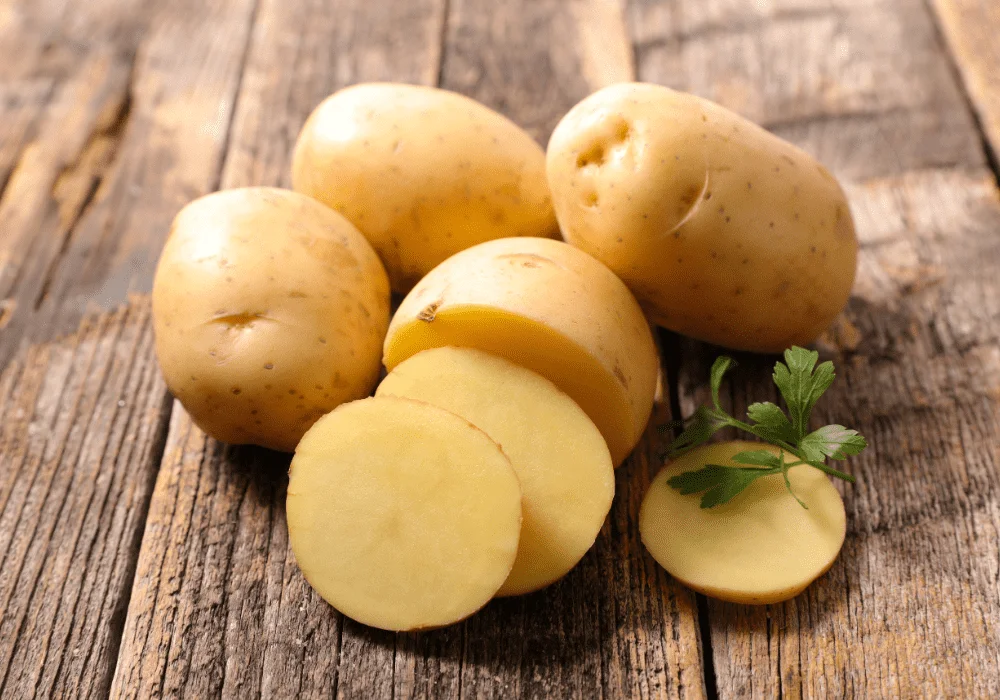Srinagar, August 2: Kashmiri cuisine is celebrated for its bold flavours and minimalistic magic — and one such everyday favourite is the Kashmiri potato chutney, a spicy, mashed side dish that locals often pair with rice for a quick, comforting meal.
Made with just a handful of ingredients found in any kitchen — potatoes, garlic, red chilli flakes and oregano — this chutney holds a special place in Kashmiri homes. Though not widely known outside the Valley, it is a staple in many rural and urban households alike.
“It’s not fancy, but it’s soulful,” said Razia Begum, a homemaker in Anantnag. “When you come home tired or need something quick and hot with rice, this chutney is the answer. It’s ready in minutes.”
Here’s how to make it:
Ingredients:
- 3 medium-sized potatoes
- 4–5 garlic cloves
- 1 tsp red chilli flakes (adjust to taste)
- ½ tsp oregano (optional, but adds aroma)
- Salt to taste
- 3–4 tbsp mustard oil or regular cooking oil
Method:
Start by washing and peeling the potatoes. Cut them into small, even-sized cubes — not too big, so they cook quickly and mash easily. Heat oil in a pan, preferably mustard oil if you want to stay close to traditional Kashmiri flavours. Once the oil is hot, add the potato pieces and fry them on medium flame.
“Keep stirring occasionally so they don’t stick to the bottom. We want them golden and soft,” explained Nusrat Ahmad, a school teacher from Pulwama who often cooks this chutney for her children.
Once the potatoes start turning slightly crisp from the edges, add finely chopped garlic. Let the garlic sizzle and infuse its flavour into the potatoes. This is followed by the addition of red chilli flakes and salt. Mix it all well, letting the flavours coat the potatoes fully. You may also sprinkle in some oregano — not traditionally Kashmiri, but now commonly used for its fragrant punch.
Let the entire mixture cook for 2–3 more minutes on low flame until the potatoes soften completely. At this stage, use the back of a ladle or spoon to lightly mash the potatoes. Don’t mash them fully — the texture should be uneven, with some small chunks remaining.
Cook for another minute and turn off the flame.
“This chutney should be eaten fresh and hot, right off the stove,” said college student Zubair Wani from Baramulla. “We usually pour it on top of plain rice, and if there’s curd or pickle on the side, that’s a full meal.”
In a region where food often has deep cultural roots, this simple chutney holds its own — not for complexity, but for comfort.
So the next time you have leftover rice or want to try something unique from Kashmir, remember this humble chutney — spicy, garlicky, and straight from the heart of the Valley.

